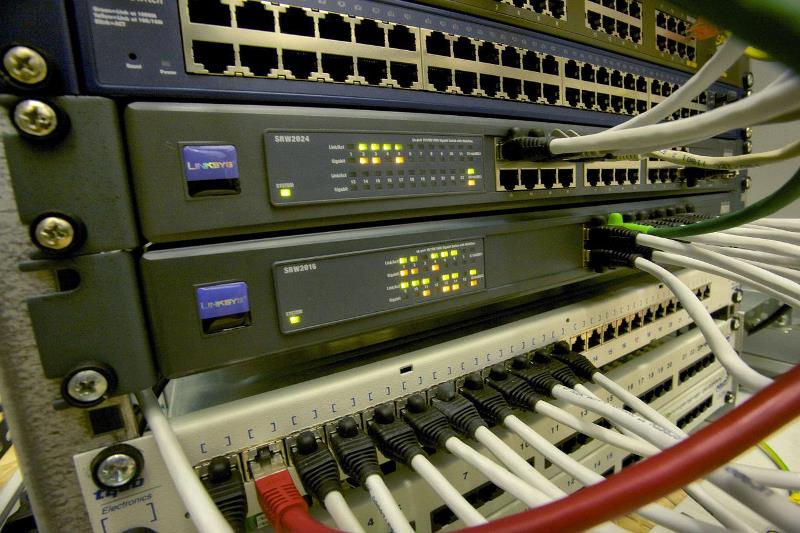DEFINITION AND THE SCOPE OF ECONOMICS
DEFINITION AND MEANING OF ECONOMICS Economics as a dynamic subject has very many definitions. It is often said that there are so many definitions of economics as there are economists because they see the subject from different point of view. Some definition given by some economists includes: Adam Smith (18th Century British Economist and Called […]
DEFINITION AND THE SCOPE OF ECONOMICS Read More »

